Diamond mining in South Africa in the 18th century
Diamond Mining in South Africa in the 18th Century: Setting the Stage for a Global Boom
While large-scale diamond mining in South Africa truly began in the late 19th century , the groundwork for this industrial revolution was laid during the 18th century through early geological activity, exploration, and colonial development . Though no commercial diamond mining existed in South Africa during the 1700s, the century was crucial in shaping the geological understanding and colonial presence that would later enable the diamond rush.
Here are five key aspects of diamond mining in South Africa during the 18th century :
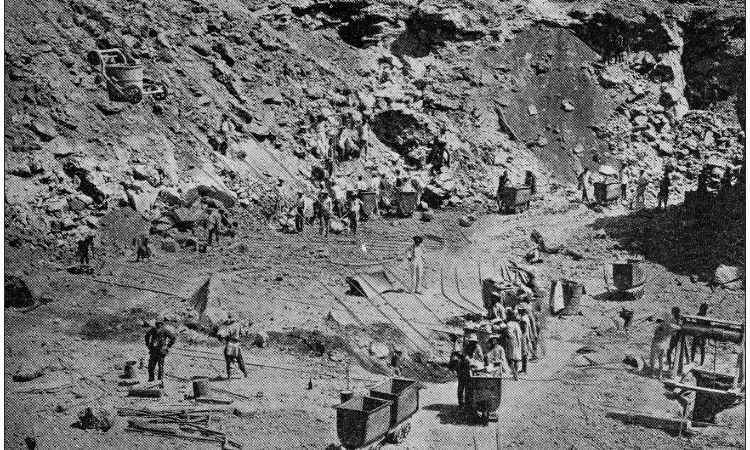
1. Geological Formation of Diamond Deposits
Although diamond mining did not occur in the 18th century, the kimberlite pipes that would later yield diamonds were already formed millions of years earlier. These geological structures, particularly in what is now Kimberley , were dormant beneath the surface, waiting to be discovered in the following century.
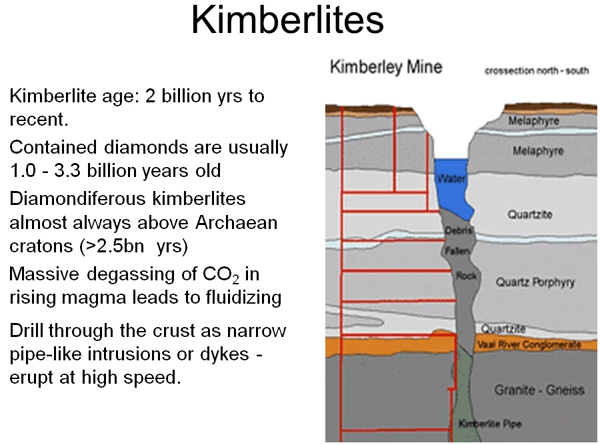
2. European Exploration and Mapping
During the 18th century, Dutch settlers (Boers) expanded inland from the Cape Colony, increasing European presence and knowledge of the region’s terrain. Though they were not searching for diamonds, their explorations and land surveys laid the foundation for future mineral discoveries.
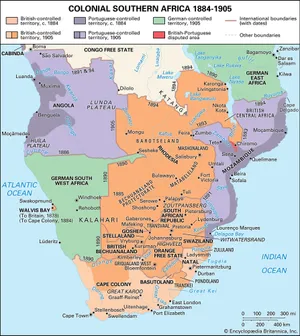
3. Indigenous Knowledge and Early Finds
There is speculation that indigenous peoples such as the Khoikhoi and San may have come across shiny stones — possibly diamonds — during their daily lives. However, diamonds had no cultural or economic value to them at the time, so they were not systematically collected or traded.

4. Colonial Influence and Resource Awareness
The Dutch East India Company (VOC) controlled the Cape Colony , and while its focus was on agriculture and trade , it encouraged scientific observation and mineral exploration . This colonial infrastructure and growing European presence would later support the mining industry in the 19th century.
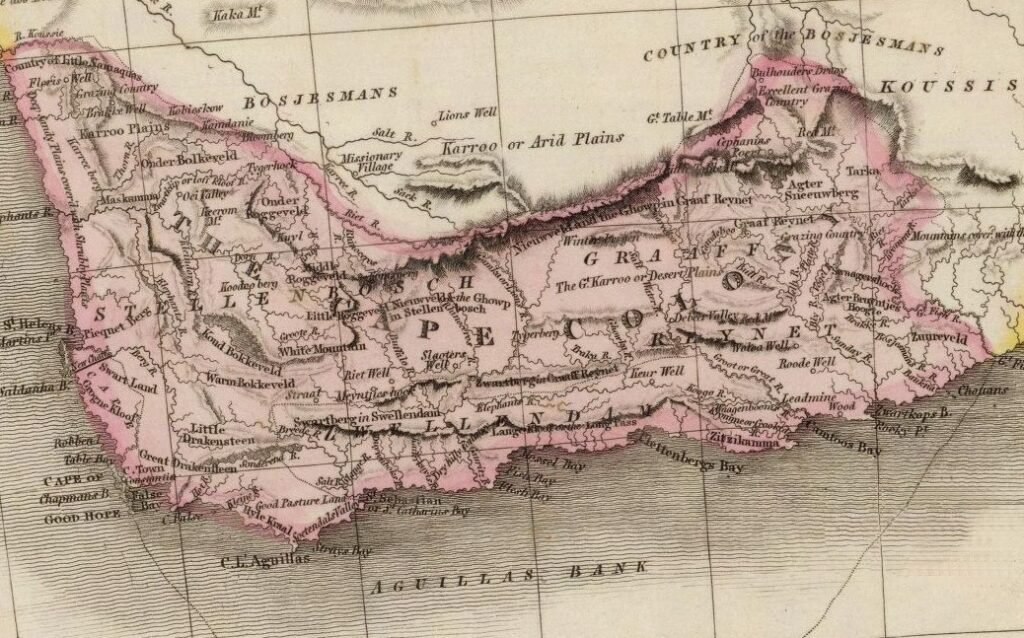
5. Precursor to the Diamond Rush of the 1860s–1870s
Although the 18th century did not see diamond mining, it was a period of preparation and discovery . The colonial expansion, land surveys, and geological conditions all set the stage for the first diamond discovery in 1867 , which triggered the Kimberley diamond rush and transformed South Africa into a global diamond powerhouse .
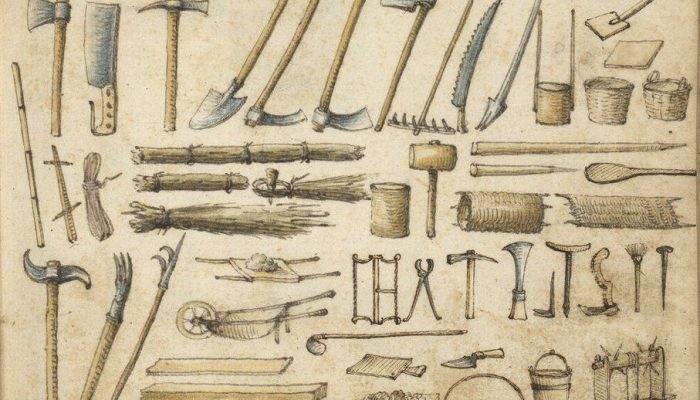
Frequently Asked Questions (FAQs)
Q: Was there any diamond mining in South Africa during the 18th century?
A: No, there was no commercial or recorded diamond mining in South Africa during the 18th century. The first diamond was discovered in 1867.
Q: What led to the discovery of diamonds in South Africa?
A: Diamonds were first discovered in 1867 by a young boy near the Orange River , leading to the Kimberley diamond rush and the birth of South Africa’s diamond industry.
Q: How did the 18th century contribute to South Africa’s diamond industry?
A: The 18th century saw Dutch colonization, exploration, and mapping , which laid the groundwork for the later discovery and exploitation of diamond deposits.

